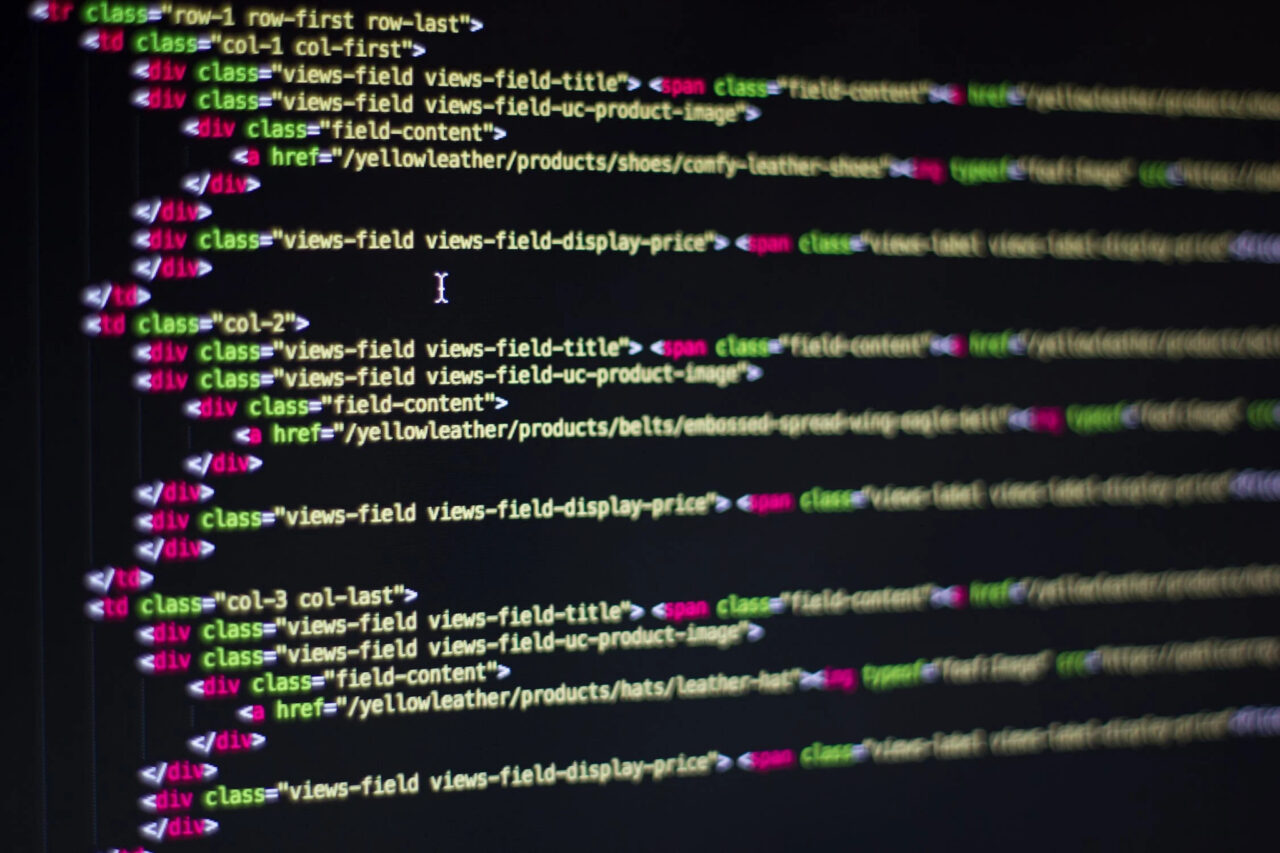From building complex systems to apps, the ability to master advanced coding concepts is a vital asset for coders.
This article will help you know the concepts to solve complex coding problems. We’ll explore the intricacies of OOP, design patterns, data structures, and more.
Dive into advanced coding and learn more about it!
What Is Advanced Coding?
Advanced coding refers to complex methods to create complex coding solutions. It goes beyond basic skills and involves learning advanced languages, data structures, and design patterns.
Besides, it is often involved in building large plans. Thus, it needs a deep knowledge of software. You must know how to analyze problems and optimize code. Hence, it helps you to tackle complex tasks and make helpful solutions.
Advanced Coding Concepts
There are many advanced coding concepts today. But we want you to learn the following concepts first because they are vital for boosting your coding abilities.
1. Object-Oriented Programming (OOP)
OOP is a model that contains software design around objects. In OOP, objects interact with each other through messages. In this concept, you must be familiar with the following features:
- Encapsulation hides the internal details of an object.
- Inheritance helps the creation of subclasses from the parent class, promoting code reuse and hierarchy.
- Polymorphism allows objects of different classes to be treated as instances of a superclass.
2. Data Structures And Algorithms
In general, these are concepts in CS related to data. They are vital for enhancing results and doing complex tasks.
A data structure is a container that stores data, such as:
- Array
- Linked list
- Stack
- Queue
- Tree
- Chart
On the other hand, algorithms are methods for problems. They define how data is handled and used in data structures.
3. Design Patterns

Design patterns refer to reusable solutions to design problems. They provide blueprints for handling specific design tasks. They allow you to create modular.
Examples include:
- Singleton pattern to ensure a class has only one instance.
- Observer pattern to build parts between objects.
- Factory pattern for creating objects without setting their classes.
They serve as a common language between devs, enabling contact and boosting the building of reliable systems.
4. Concurrency And Multithreading
Concurrency is the ability of a system to handle multiple tasks together. Meanwhile, multithreading deals with threads of execution in a single process.
Hence, codes can use system resources and improve performance through parallel tasks with these two concepts.
Yet, managing them needs careful processes to avoid problems such as race conditions, deadlocks, and resource conflicts.
Besides, they are vital in cases where many users or processes interact with shared resources or when running I/O-related tasks.
5. Networking and Distributed Systems
This concept refers to the research and use of tools that help share resources across devices.
First, networking is networks’ design and use to transfer and share resources. Thus, you must know sockets, TCP/IP, and more.
Second, distributed systems focus on building software that allows devices to work together like a system, often spanning many places.
These concepts are helpful in modern computing, enabling communication, teamwork, and resource efficiency in various domains, including cloud computing, IoT, and web apps.
6. Memory Management And Performance Optimization
Managing memory is allocating and freeing memory resources. Methods such as garbage collection or manual management are helpful for memory leaks and optimizing usage.
Performance optimization focuses on placing and removing jams in the system to boost:
- Speed
- Responsiveness
- Use of resources
So this process needs you to know about caching, profiling, and code refactoring.
7. Software Testing And Debugging
In short, they are vital methods to ensure program quality. Software testing is testing a system to identify defects, bugs, or bad behavior. It needs various methods, such as:
- Unit testing
- Integration testing
- System testing
- Acceptance test
Hence, it helps spot errors and ensure the software works as intended.
On the other hand, debugging is the process of identifying and fixing bugs or errors in your codes. It needs routine debugging tools to locate and fix problems.
8. Software Design Principles
They are the best methods that help you create systems that are easy to maintain. They promote:
- Modular design
- Code reusability
- Flexibility
- Code readability
Some commonly followed principles include:
- SOLID Principles
- Encourage loose coupling
- High cohesion
- Abstraction
Besides, other principles like the KISS, DRY, and YAGNI stress coding simply. Also, they avoid repeating code and remove unneeded things.
Following these principles improves code quality while reducing bugs and technical debt.
Programming Language For Beginners

If you are a beginner, the first thing to do is learn about the following languages!
- Python: It is a simple and widely used language in various fields, including building web and AI.
- JavaScript: Mainly used for building webs. It enables dynamic website creation, making it vital for creating UI.
- Java: With its vast libraries, Java is best for building desktop, mobile, and web apps.
- C#: It is an option to build Windows apps, web services, and games using Unity.
- Swift: Created by Apple, it is the best language for iOS and macOS apps. It has a clean syntax and offers modern features.
- Ruby: It is known for its clarity and is used for building webs using the Ruby on Rails framework.
- PHP: Widely for building webs, it supports popular content systems like WordPress.
- C: As one of the earliest languages, C is popular in system coding and embedded systems. So knowing C will form a solid basis for other languages.
- HTML/CSS: They are vital for defining the structure and styling of web pages.
Other languages for beginners include Go, Kotlin, Lua, R, and MATLAB. Choosing one depends on your preference and project needs.
FAQs
What Is The Hardest Concept In Coding?
The answer depends. The most challenging concept in coding varies from person to person.
Is Advanced C And C++ the Same?
No, they are not. Advanced C builds upon the basis of the C language. Meanwhile, advanced C++ focuses on features specific to C++.
Why Does Coding Look Hard?
Coding may appear challenging due to its abstract nature, the need for logical thinking, and the need to learn new syntax and concepts. Also, complex debugging and knowing large codebases can make coding a challenge.
Conclusion
In short, the field of advanced coding concepts is vast, providing exciting chances for coders to push their limits of building software. And this post has shown some concepts needed to overcome complex coding tasks.
Whether you’re a seasoned dev looking to expand your skills or a beginner looking to start your coding journey, the insights shared in this article will serve you well.
Note that these coding concepts need practice and constant learning. With a desire for knowledge, you are well on your way to being a skilled coder!
